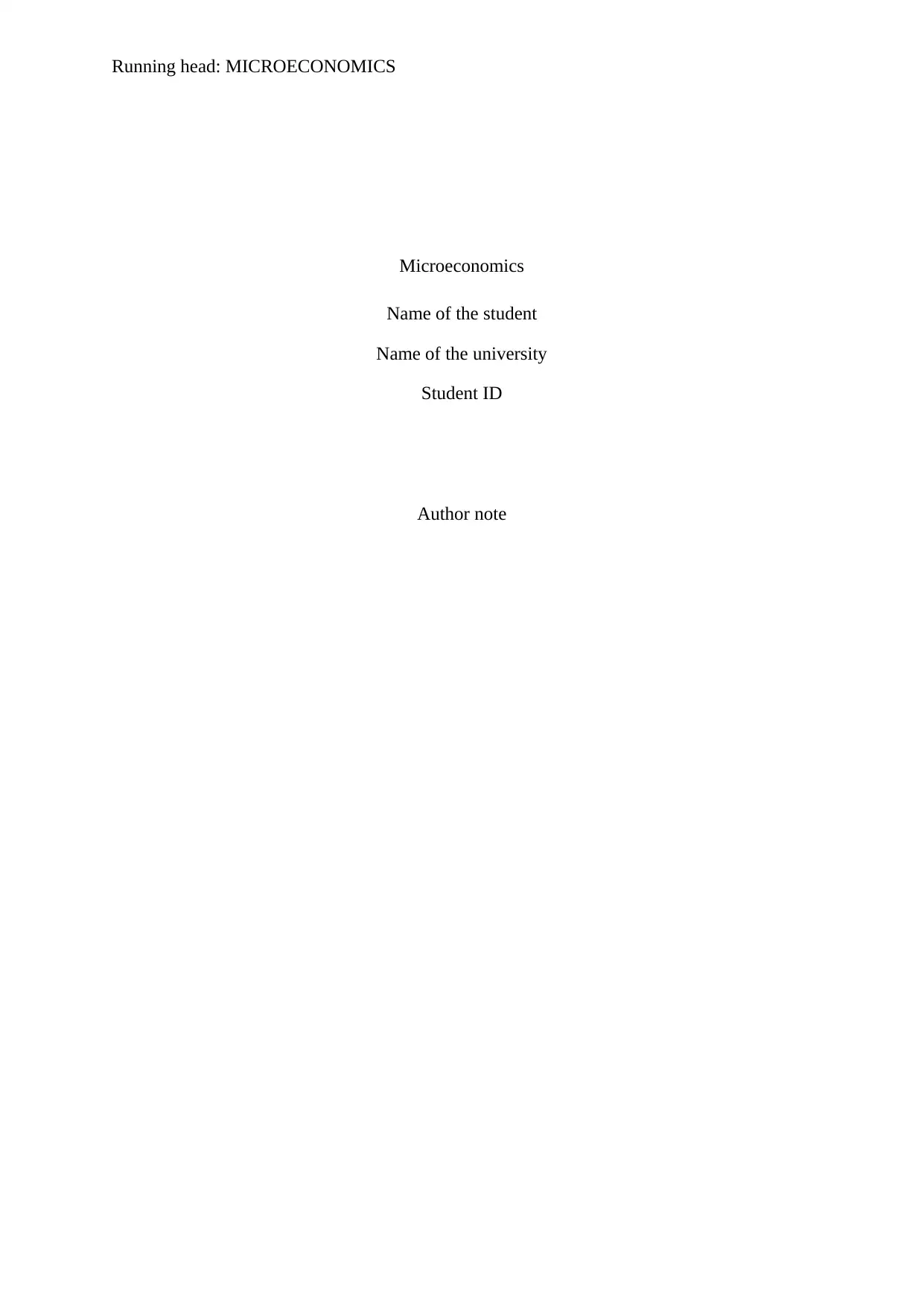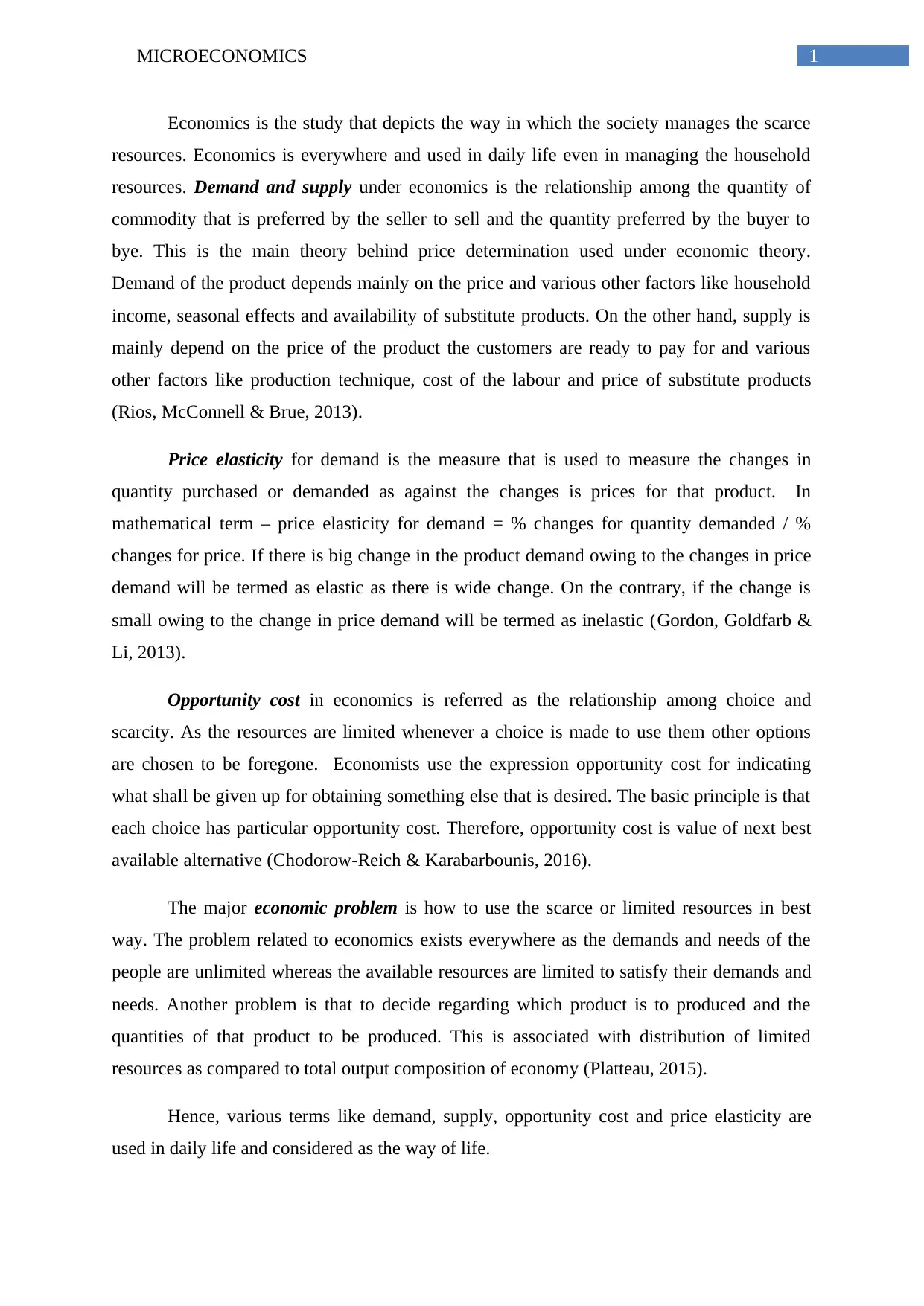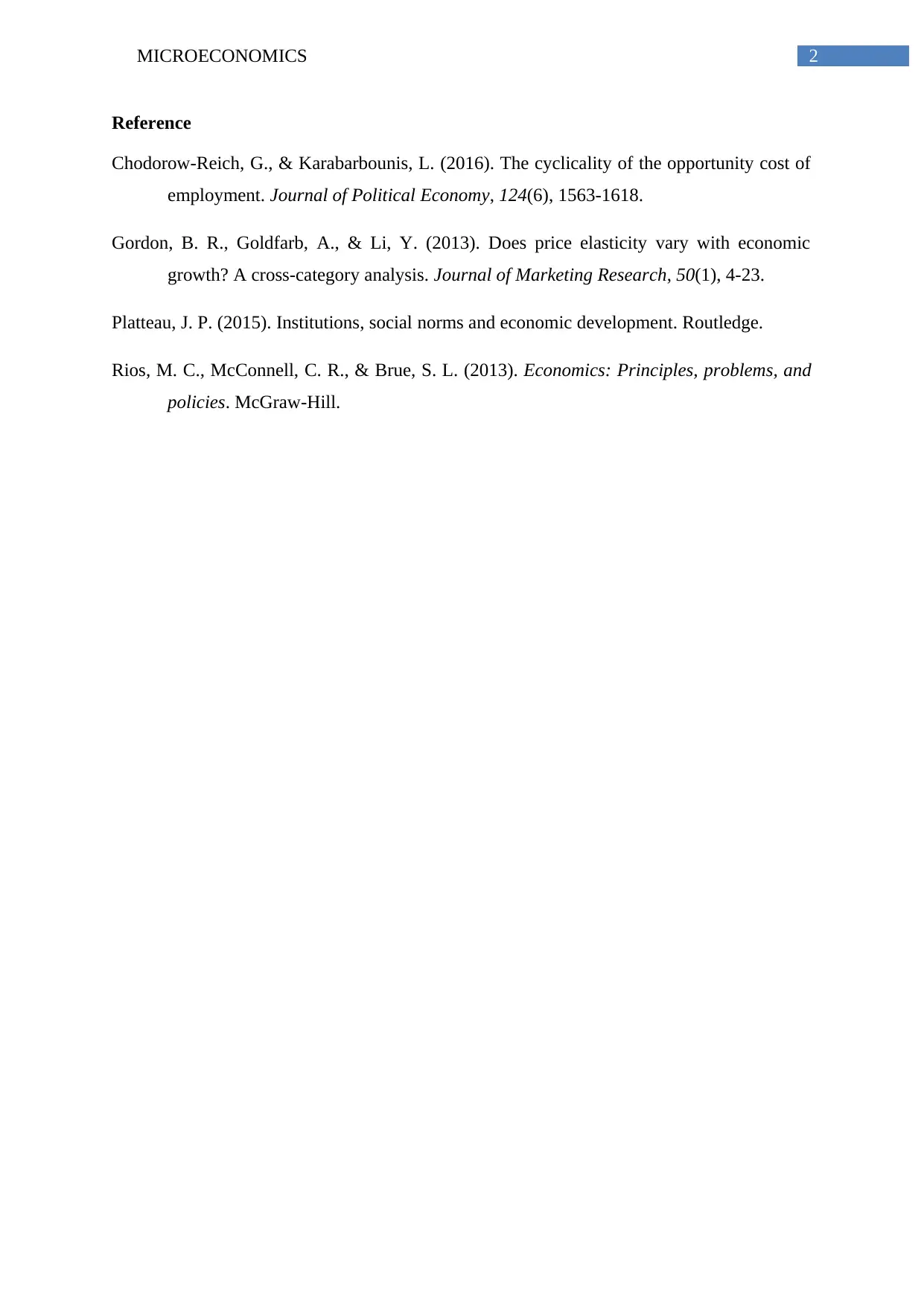Microeconomics Essay: Economics Concepts as an Integral Way of Life
VerifiedAdded on 2023/06/11
|3
|607
|399
Essay
AI Summary
This essay explores the argument that "economics is the way of life" by examining core economic concepts such as demand, supply, price elasticity, and opportunity cost. It explains how demand and supply interact to determine prices, influenced by factors like income and substitute products. Price elasticity is defined as the measure of changes in quantity demanded relative to price changes, categorized as elastic or inelastic. Opportunity cost is described as the value of the next best alternative foregone when making a choice, highlighting the trade-offs inherent in resource allocation. The essay also addresses the fundamental economic problem of how to best utilize scarce resources to meet unlimited wants and needs, emphasizing the importance of deciding what and how much to produce. It concludes that these economic terms and principles are not just academic concepts but are integral to everyday decision-making and societal functioning. Desklib provides similar solved assignments and study resources for students.
1 out of 3










![[object Object]](/_next/static/media/star-bottom.7253800d.svg)